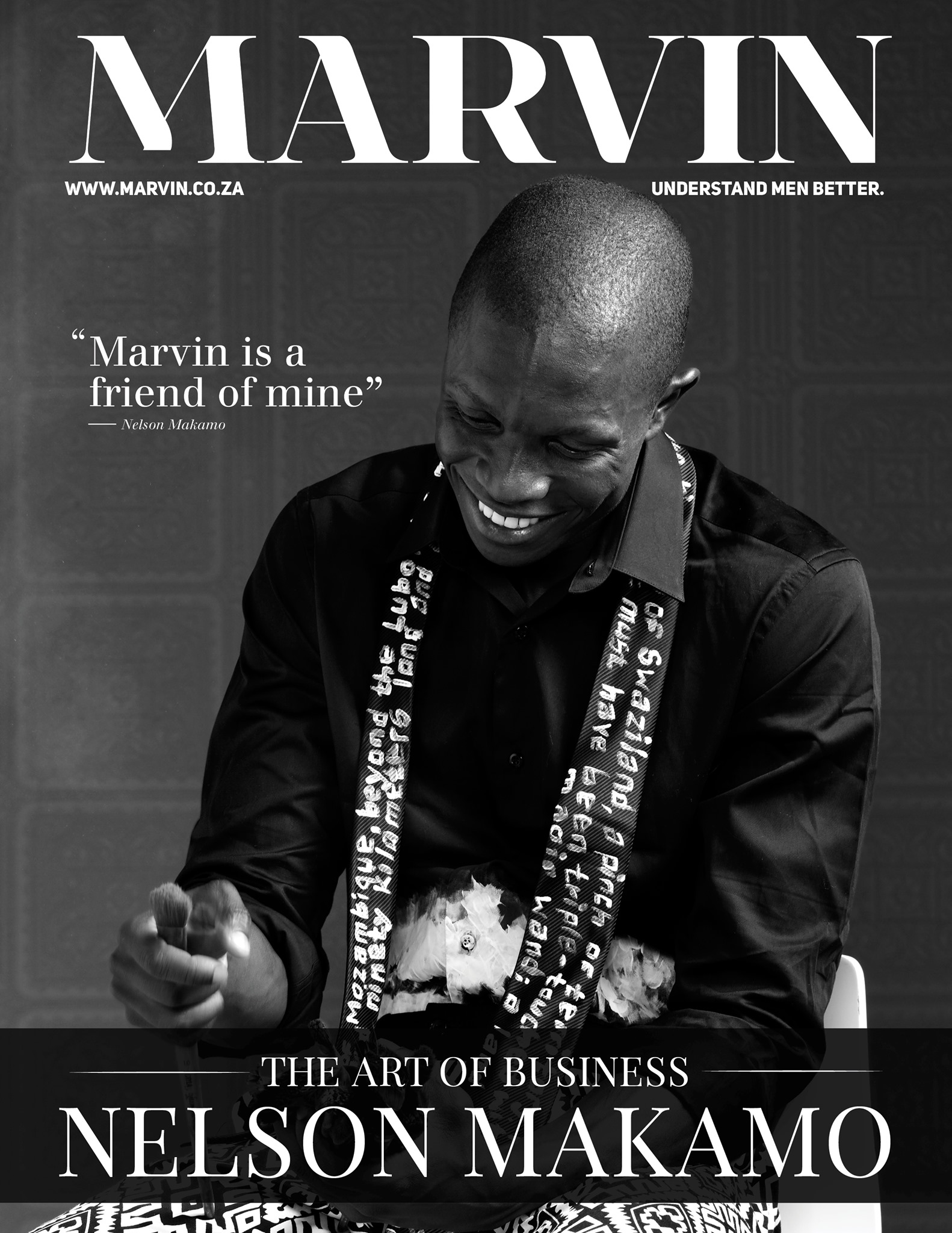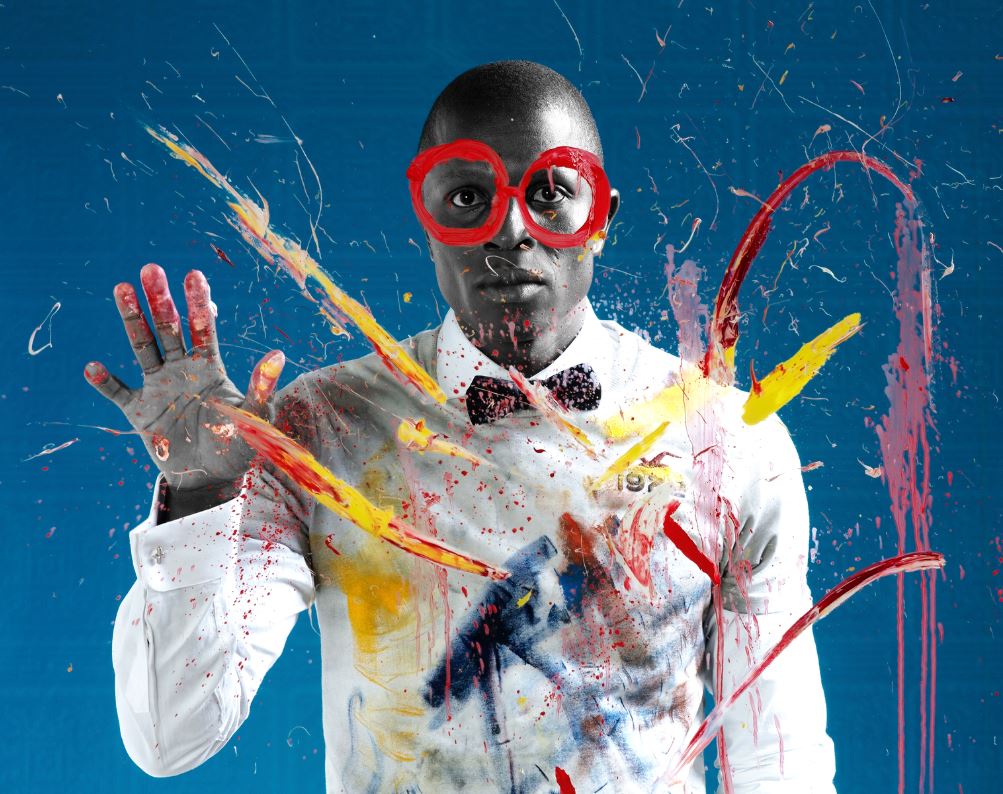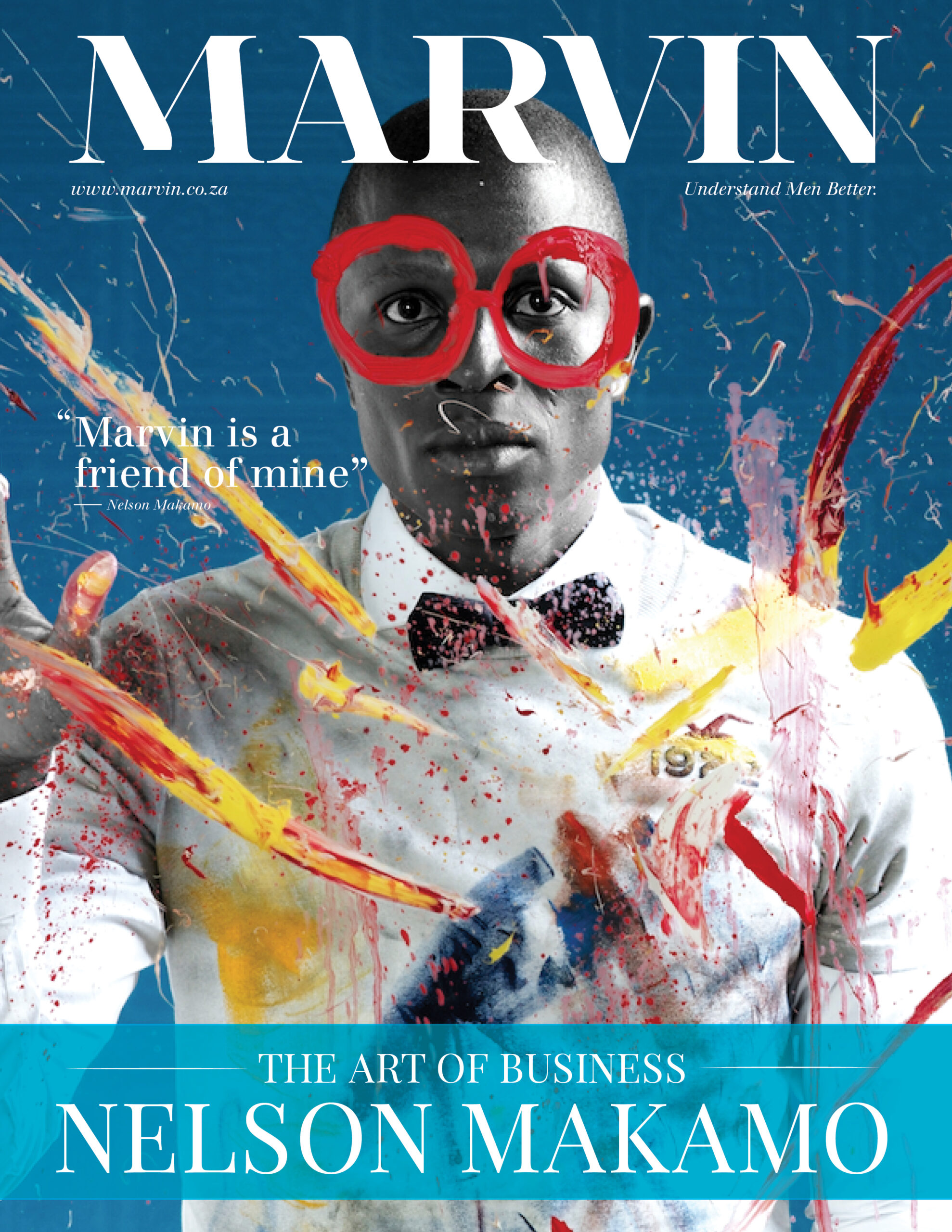In Art
To see Nelson Makamo’s work is to bear witness to brush strokes that carry life like energy and vibrancy. It is to instantly remember some of the fondest memories of your childhood. As one avid fan of his work once described it, ‘his work is like the sound of the ice cream truck coming around the corner’. There are tones of familiarity and shades of nostalgia, all embodied by depictions of, often, children just…being.

Dealing with mostly portraits, many of his often monotone paintings capture distant gazes of children frozen in moments somber or playful, often highlighted by a single stroke of bright colour to create a focal point or, to serve as a bold background. Titles such as, ‘So Full Of Youth – Not Yet Abused By Time’ and ‘Children of the Night’ speak of his focus on youth, perhaps as an ode to his own upbringing or a dedication to the ephemeral innocence of the youth of today.
The one thing you will notice about Mr. Makamo’s work is its lack of political gesturing. Whereas many black artists in the country feel compelled to put oil on canvas to fervently capture the socio-political plight of the black body in all its gory detail. Nelson Makamo tells very ordinary stories. Stories that do not seek to prove anything but allow the audience space just to reflect on themselves, or their child-selves, as it were.
Born in 1982 in Modimolle, Limpopo, he changed schools a few times until “doing very well” when he matriculated. He then enrolled at university to study Chemical Engineering. This would only last for 3 months when chance, and a caring professor, saw him drop out to studio fine art at Artist Proof Studio. This decision would see him at odds with his family, particularly his father who asked him, “who will hire you to draw dipopye“.
In Bunisess
To meet Nelson Makamo is also to meet an astute businessman. As for the ubiquitous myth of the black artist being a troubled recluse with a fading hairline, wearing a beret and a misplaced scarf, Mr. Makamo could not further from it. When he arrived at a recent Marvin’s Room event, he was decked out in an all black fitted suit all, black shirt and shoes, every bit a Jay Z verse, with the fiscal swag to match.
He summarises the inevitability of an artist becoming an entrepreneur by saying, “when there’s a certain value attached to your artwork, you have to be a businessman”. He should know, Nelson Makamo would see his first solo exhibition at the Obert Contemporary Gallery, Melrose Arch, selling out in one hour, while he was still a student.
It takes a certain level of courage, foresight, and intellect for an artist to learn to value themselves, and by extension their work. The journey to reach this level of success as an artist is not without its pitfalls,
“A lot of young artists, the mistakes that they make is, as soon as someone were to mention a price, they don’t care whether or not it’s going to build or destroy their career. If someone says to you there’s a flea market or there’s a festival, you just go and show your work. You have to get to a point where you are like, ‘ok, my work doesn’t qualify to be exhibited at the flea market, (my work) is better than that”

His understanding of how the art industry in very unlike his art, it is cold and calculated. A particularly troubling part of art for young artists is the issue of pricing. On this he says,
“In the beginning when you start, you determine your own prices. Then the market will start taking over. Then every year, if you are growing, then your price has to go up by 30-40%.”
Yet, as with many things in the world, things change and one has to keep up. Once and an artist begins to treat the selling of the art as a business, there’s certain processes that must be followed. Mr. Makamo says, “at the end of the year you evaluate those things. Let’s say if my work was supposed to go up by 20%, then I had an art show here, and an art fair there, then I had an auction, eventually, it will move from 20% to 60%”.
These types of numbers are important for any artist wanting to exhibit must be very cognisant of. This is because if you consider the fact that many mainstream galleries charge artists up to 50% for every piece sold, settling for less is, in fact, settling for half or less. The way he sees it, it is like shares of your company being bought, and to a certain extent, by someone who didn’t put anything into the actual artwork itself.

If galleries take 50 off the top, then the question is, can an artist be ‘independent’? His answer is yes, you can.
“A lot of people don’t like to go to galleries, most people want to collect the work directly from the artist. A lot of people want the privilege of a one-on-one with the artist.”
But, simply going independent will not solve all your problems. Mr. Makamo speaks of the importance of exhibitions not just commercially but also as a way of improving one’s craft as follows, “when you start showing your work within the spaces that you know will prepare you to be a better artist, every time you get an opportunity to exhibit in that space, you walk out with a certain experience and when I walk into my studio, this is the level to which I want to push my work”
As for words to aspiring artists, he says, “in anything that you passionate about, there are going to be hard times that you go through. I am not saying that because now my work is doing well. I am still struggling today because I always want to see my work going to the next.”
Writer: Vus Ngxande Photographer: Judd van Rensburg Stylist: Mpumi Sinxoto Creative Director: George Gladwin Matsheke

